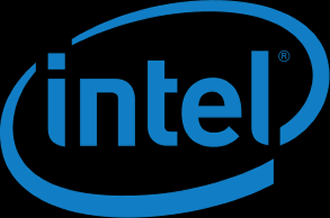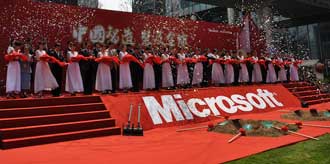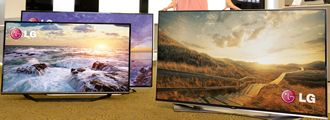Author: Eva Glass
Quantum theory may help net security
 Scientists at the Griffith University in Queensland claim quantum physics will help protect data on the internet.
Scientists at the Griffith University in Queensland claim quantum physics will help protect data on the internet.
German government sites hacked
 A number of official Gernan government sites have been hacked by a group that claims affinity with the Russian government’s moves in Ukraine.
A number of official Gernan government sites have been hacked by a group that claims affinity with the Russian government’s moves in Ukraine.
Server makers cut out the middlemen
 Manufacturers of X86 based servers are taking market share from intermediary companies such as Dell and HP.
Manufacturers of X86 based servers are taking market share from intermediary companies such as Dell and HP.Journo sues US over hacking
 A former news writer at CBS has started a law suit, accusing the US Justice Department of illegally hacking into her computers.
A former news writer at CBS has started a law suit, accusing the US Justice Department of illegally hacking into her computers.
Samsung aims at internet of things
 The CEO of Samsung has made a bid for his company to become an active player in the internet of things (IoT) by putting uo funding for developers.
The CEO of Samsung has made a bid for his company to become an active player in the internet of things (IoT) by putting uo funding for developers.
Chip sales up in 2014
 A report from Gartner said the top 25 vendors revenues rose by 11.7 percent, with those vendors grabbing 72.1 percent of the entire market revenues.
A report from Gartner said the top 25 vendors revenues rose by 11.7 percent, with those vendors grabbing 72.1 percent of the entire market revenues.
Flash arrays capture market by storm
 Sales of flash memory array units were more than robust last year, amounting to a market worth $11.3 billion in 2014.
Sales of flash memory array units were more than robust last year, amounting to a market worth $11.3 billion in 2014.
Tablet sales will continue to slow down
Belkin goes big on the internet of things
 Comms company Belkin is using the Consumer Electronics Show (CES) in Las Vegas this week to demonstrate a range of products that promise to make peoples’ homes more secure.
Comms company Belkin is using the Consumer Electronics Show (CES) in Las Vegas this week to demonstrate a range of products that promise to make peoples’ homes more secure.Microsoft rolls out $29 phone
 Tech giant Microsoft started the New Year by announcing it was releasing a feature phone which will be priced at $29.
Tech giant Microsoft started the New Year by announcing it was releasing a feature phone which will be priced at $29.
Chinese phone company revenues soar
 Xiaomi Technology, which is beginning to challenge smartphone players including Samsung and Apple, turned over close to $12 billion in 2014, according to its CEO.
Xiaomi Technology, which is beginning to challenge smartphone players including Samsung and Apple, turned over close to $12 billion in 2014, according to its CEO.
Utilities start spending on IT
 Restructuring and mergers are creating something of a boom in IT spending for utility companies in Western Europe.
Restructuring and mergers are creating something of a boom in IT spending for utility companies in Western Europe.
Nvidia takes the licensing route
 In a bid to generate more revenues, graphics firm Nvidia is to start licensing its GPU designs to other companies.
In a bid to generate more revenues, graphics firm Nvidia is to start licensing its GPU designs to other companies.LCD TVs on the rebound
 While times were slack for LCD TVs during 2013, the market swung sharply upwards in 2014 and times ahead look rosy too.
While times were slack for LCD TVs during 2013, the market swung sharply upwards in 2014 and times ahead look rosy too.
That’s the prediction market research company Displaysearch makes, saying that total units shot up by 10 percent in the third quarter of 2014. It estimates that total shipmets for 2014 will amount to 223 million units, a rise of seven percent over the year before.
Sales were particularly strong in North America and Asia Pacific, according to senior research analyst Paul Gagnon. He said growth was fuelled by people replacing older flat panel TVs while in Asia many had moved away from CRT (cathode ray tube) TVs to LCD TVs.
Larger screen sizes apears to be the name of the game, as vendors seek to encourage people to upgrade. And there’s increasingly strong demand for 4K LCD units – Displaysearch estimates that the market for these will grow by over 50 percent in 2015, amounting to 32 million units.
But there’s a warning to manufacturers too – Gagnon said that they have to be careful they don’t end up with too much stock during the first quarter of this year.
That might be bad news for them, but it’s likely to make the price of units cheaper for the common man and woman if there is an overstock crisis.







